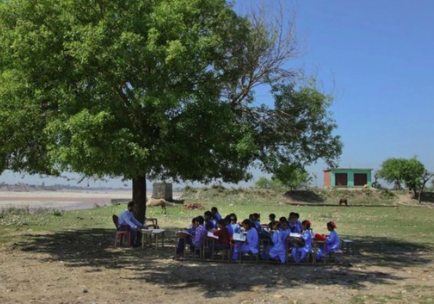Ensuring equal access to higher education is essential for building inclusive and thriving communities. In rural areas, students often face unique challenges that can make pursuing college or university more difficult. However, new approaches and expanded resources are helping to bridge the gap and create meaningful pathways to higher learning for rural learners.
Challenges Faced by Rural Students
Students in rural regions may encounter limited access to nearby colleges, fewer advanced placement or dual-enrollment courses in high school, and reduced availability of academic counseling. Financial barriers and a lack of reliable internet service can also affect their ability to participate in online learning opportunities.
Expanding Online and Hybrid Learning
One of the most effective ways to increase rural access is through online education. Colleges now offer a wide range of fully online or hybrid degree programs that allow students to learn from home. This flexibility is especially helpful for those who cannot easily travel or relocate.
Community College Partnerships
Local community colleges often play a key role in supporting rural students. These institutions offer affordable, accessible programs that serve as a foundation for further study or direct entry into the workforce. Many also partner with four-year universities to offer transfer pathways and shared resources.
Scholarship and Financial Aid Opportunities
Targeted scholarships and financial aid programs can help rural students overcome cost-related barriers. Many organizations and institutions offer funding specifically for students from rural or underserved backgrounds, helping to make higher education more attainable.
Technology and Infrastructure Support
Investments in broadband access and technology training are essential for closing the digital divide. Programs that provide devices, internet subsidies, or digital literacy workshops help ensure rural students can fully participate in online learning environments.
Mentoring and Outreach Initiatives
Mentorship programs and outreach efforts can guide rural students through the college application process, academic planning, and career exploration. Supportive networks help students feel more confident and connected as they pursue higher education.
Final Thoughts
Rural access to higher learning is improving through innovation, collaboration, and community-focused support. By removing barriers and offering flexible, inclusive options, educational institutions and policymakers can empower rural students to achieve their academic and professional goals.














